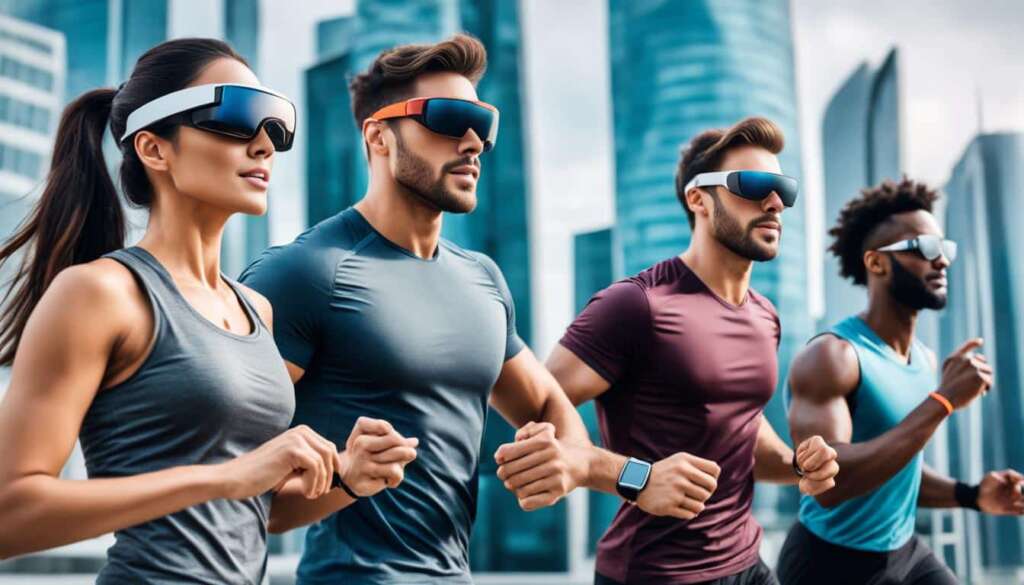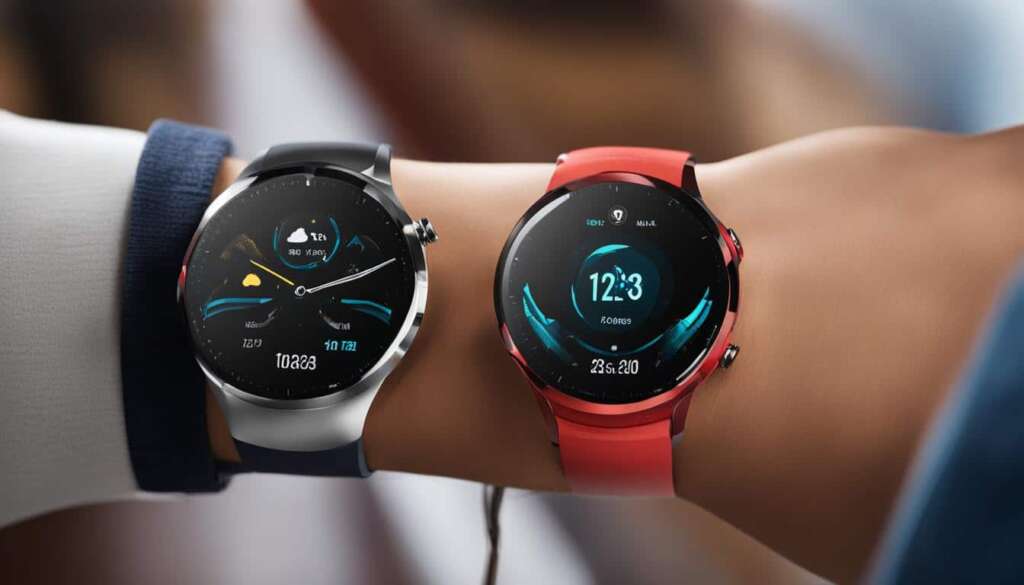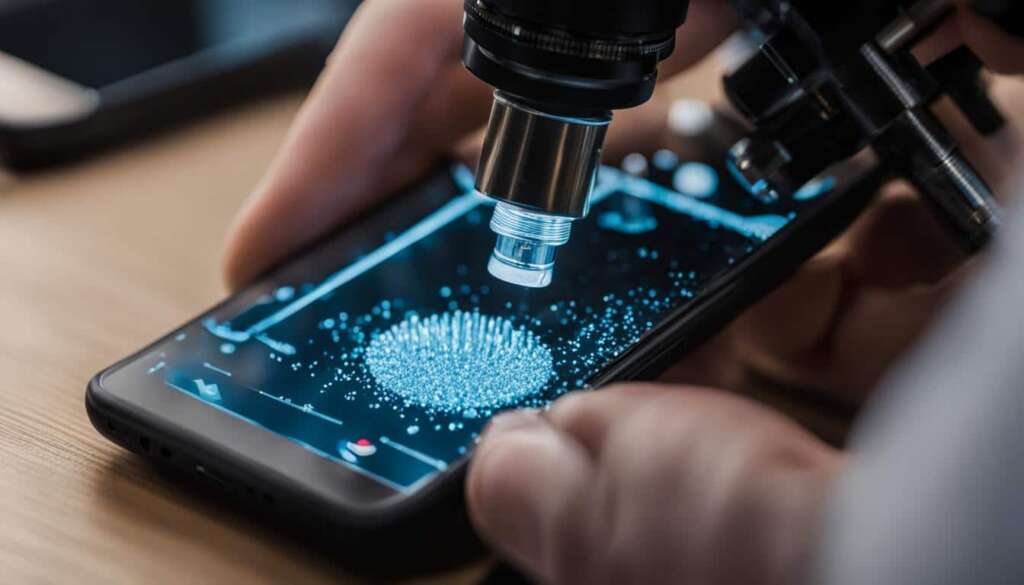Table of Contents
Wearable technology has become a prominent trend in recent years, revolutionizing how we interact with devices and our daily lives. From fitness trackers to high-tech accessories, wearable technology offers a range of uses that continue to shape the way we live and work.
In this article, we will explore the world of wearable technology, highlighting the latest trends and examining its various applications. Whether you are a tech enthusiast or simply curious about this rapidly evolving field, this article will provide you with valuable insights into the exciting world of wearable technology.
How Wearable Technology Works
Wearable technology has revolutionized the way we interact with electronic devices. These advanced gadgets are designed to be worn on the body and provide a wide range of functionalities, including health monitoring, fitness tracking, and entertainment. But have you ever wondered how wearable technology actually works?
At its core, wearable technology combines microprocessors, batteries, and internet connectivity to create smart and portable devices. The rapid growth of mobile networks and high-speed data transfer has paved the way for the development of these innovative wearables.
Different types of wearable devices, such as fitness trackers, smartwatches, and virtual reality headsets, operate on specific working mechanisms based on their respective categories, such as health, fitness, or entertainment.
One of the key components of wearable technology is built-in sensors. These sensors are responsible for monitoring bodily movements, providing biometric identification, or assisting with location tracking. They collect data in real-time and sync it with other devices for analysis and display.
Wearable technology enables individuals to track their fitness levels, monitor their location using GPS, and receive notifications in a hands-free and portable manner. These devices are designed to seamlessly integrate into our everyday lives, making it easier for us to stay connected and engage in various activities.
For example, fitness trackers use sensors to monitor our heart rate, step count, and sleep patterns, providing valuable insights into our overall health and well-being. Smartwatches allow us to receive notifications, answer calls, and even control other smart devices through a simple wrist-worn device.
To illustrate the working mechanism of wearable technology, here’s an example of how a fitness tracker operates:
- The fitness tracker is equipped with sensors that detect and record your movement, such as steps taken and distance traveled.
- The device collects this data in real-time and syncs it wirelessly with your smartphone or computer.
- Through a dedicated app or online platform, you can view and analyze your fitness data, set goals, and track your progress.
- The app may also provide additional features like heart rate monitoring, calorie tracking, and sleep analysis, depending on the capabilities of the fitness tracker.
This seamless integration between wearable devices and other devices allows for convenient and efficient data collection, analysis, and presentation, empowering individuals to take control of their health and enhance their daily lives.
Wearable technology is transforming the way we live, work, and play. From tracking our fitness goals to enjoying immersive virtual reality experiences, these devices have become an integral part of our modern lifestyle. By understanding how wearable technology works, we can fully appreciate its potential and make the most of its benefits.
Applications of Wearable Technology
Wearable technology has revolutionized various industries, offering innovative solutions and enhancing user experiences. From assisting with health monitoring to providing immersive entertainment, wearables have found a multitude of applications. Let’s explore some of the key industries where wearable technology has made a significant impact:
The Consumer Electronics Market
In consumer electronics, wearables have gained immense popularity, with smartwatches and fitness trackers leading the way. These devices not only provide essential functionalities like timekeeping and activity tracking but also offer advanced features like heart rate monitoring, sleep tracking, and smartphone integration.
Healthcare
Wearable technology plays a crucial role in healthcare, empowering individuals to monitor their health and facilitating remote patient care. It enables health professionals to track vital signs, manage chronic diseases, and provide real-time insights, resulting in more personalized and efficient care. Wearables also help in promoting wellness by encouraging users to adopt healthier lifestyles through fitness tracking and reminders.
Entertainment and Gaming
Wearable technology has transformed the entertainment and gaming industries by offering immersive experiences. Virtual reality (VR) headsets provide users with a lifelike environment, enabling them to explore new worlds and engage in captivating experiences. Smart glasses, such as augmented reality (AR) glasses, enhance reality by overlaying digital content onto the real world, making gaming and entertainment more interactive and engaging.
Fashion
The fashion industry has embraced wearable technology, merging style with functionality. Smart clothing, embedded with sensors and electronics, offers features like temperature regulation, heart rate monitoring, and intuitive controls. These garments allow users to answer calls, play music, and track their fitness without compromising on style and comfort.
Military
In the military sector, wearable technology plays a crucial role in enhancing performance and safety. Soldiers wear advanced wearables that monitor their vital signs, track location, and provide real-time data to commanders. These devices aid in assessing soldiers’ performance, optimizing strategies, and ensuring their well-being on the battlefield.
Sports and Fitness
Wearable technology has transformed the sports and fitness industries, enabling athletes and fitness enthusiasts to track their performance and achieve their goals. Fitness trackers and smartwatches monitor vital biometrics, count steps, measure distance, and provide personalized insights. They allow users to set goals, track progress, and receive real-time feedback, helping them improve their overall fitness levels.
Other Applications
Wearable technology also finds applications in various other industries. Epidermal skin technology, for example, enables remote health monitoring by embedding sensors on the skin to collect and transmit vital data. Navigation systems integrated into wearables help with location tracking and mapping, making it easier for users to navigate unfamiliar surroundings.
With such a wide range of applications, wearable technology continues to evolve and find new opportunities across industries, contributing to a more connected and technologically advanced future.
Pros and Cons of Wearable Technology
Wearable technology offers numerous advantages for users. One of the key benefits is the ability to monitor fitness levels. Wearables such as fitness trackers provide real-time data on steps taken, calories burned, and heart rate, helping individuals stay on track with their health and wellness goals.
In addition, wearable technology allows users to track their location with GPS, providing a convenient and portable method for navigation. Whether it’s exploring a new city or going for a run in an unfamiliar area, wearables make it easier to stay on course, ensuring peace of mind and safety.
Another advantage of wearables is their hands-free functionality, which allows users to receive important notifications without having to constantly check their smartphones. Whether it’s incoming calls, text messages, or app alerts, wearables provide a convenient way to stay connected without disrupting daily activities.
However, there are also some drawbacks to consider when investing in wearable technology. One common concern is the short battery life of many wearables. Regular charging is required, which can be inconvenient, especially for individuals who are constantly on the go.
Another potential disadvantage is the issue of inaccuracies in data measurement. Some wearables have been reported to provide inconsistent or inaccurate readings, particularly when it comes to critical health data like heart rates. This can raise concerns about the reliability and effectiveness of these devices.
It is important to carefully weigh the pros and cons before deciding to invest in wearable technology. While the benefits of monitoring fitness, tracking location, and receiving notifications are significant, the limitations of battery life and data accuracy should also be taken into account. By making an informed decision, individuals can fully maximize the potential benefits of wearable technology while minimizing any drawbacks.
FAQ
What is wearable technology?
Wearable technology refers to electronic devices designed to be worn on the user’s body, such as jewelry, accessories, medical devices, and clothing.
How does wearable technology work?
Wearable technology works by integrating microprocessors, batteries, and internet connectivity into the devices. They collect data in real-time and sync it with other devices for analysis and display.
What are the applications of wearable technology?
Wearable technology has various applications, including health and fitness tracking, entertainment and gaming, fashion, military, and sports and fitness.
What are the advantages of wearable technology?
The advantages of wearables include the ability to monitor fitness levels, track location with GPS, and receive notifications in a hands-free and portable manner.
What are the disadvantages of wearable technology?
The disadvantages of wearables include short battery life, potential data inaccuracies, and the need for regular charging.













